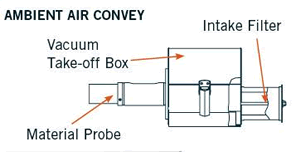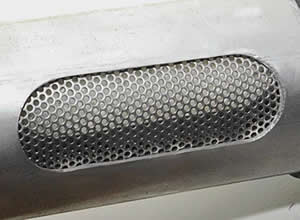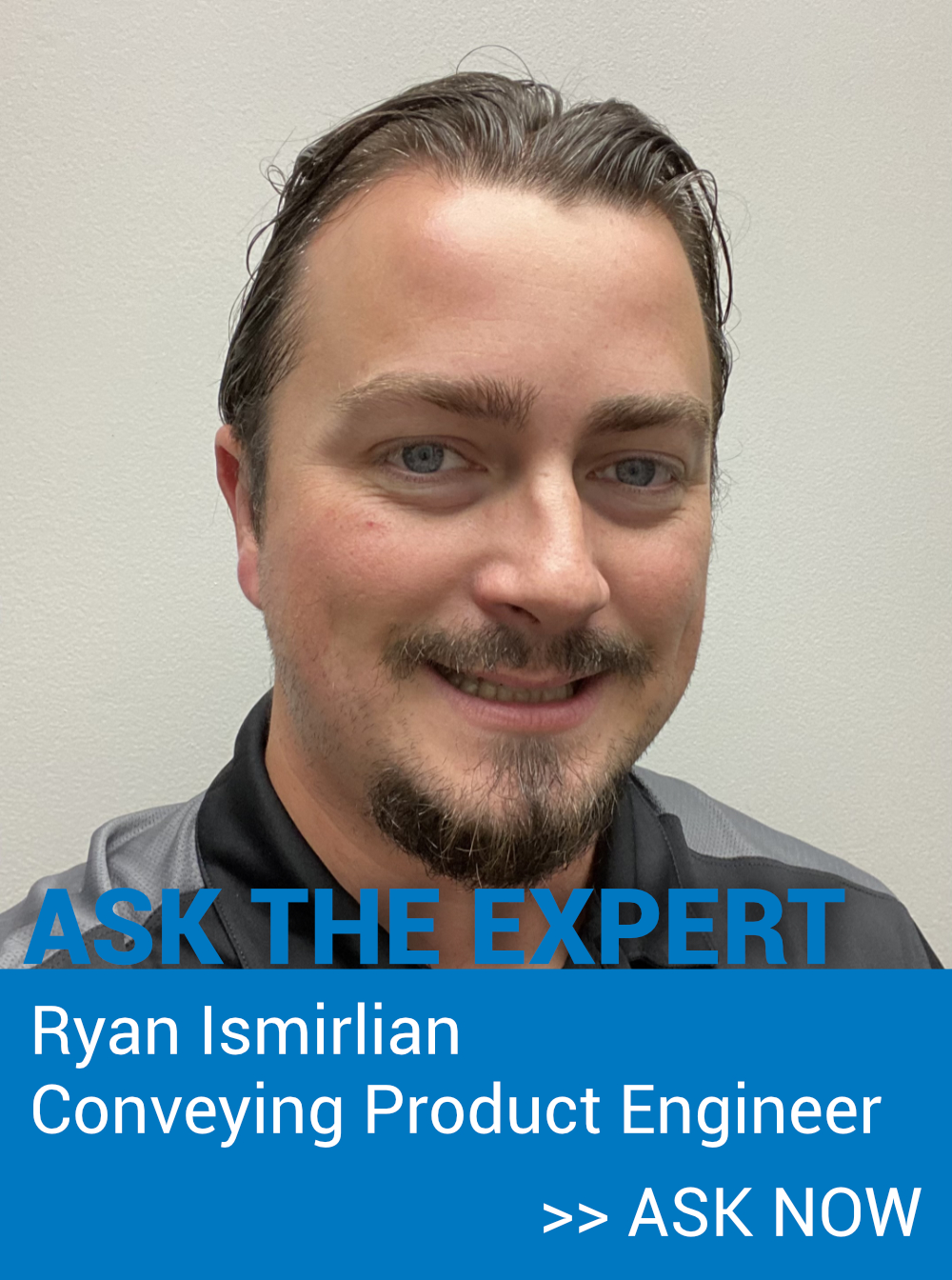Choose Ambient or Dry Air Conveying


Decide whether “dry-air-conveying” is right for your processing needs. Vacuum conveying requires that air must enter the material conveying line at the material source so the vacuum can pull the material to its destination. That air can be either ambient air or dry air.
Ambient Air Conveying - is typically used when conveying materials that do not readily pick up moisture. In this case, the vacuum take-off box at the material source is fitted with a simple cartridge filter or a fine mesh screen through which ambient air is pulled into the material line. The filter or screen ensures that unwanted contaminates do not enter the material stream.
Dry Air Conveying – is recommended when the material being processed is very sensitive to moisture pickup, like nylon, PET, PC, etc. This often depends on how critical the specifications are for the end product. Dry air conveying is accomplished simply by closing the conveying loop to the take-off box below the drying hopper. For added dryness, re-circulate the dryer return air through the conveying loop.
TIP - To save energy, use dry air convey only where absolutely necessary.




